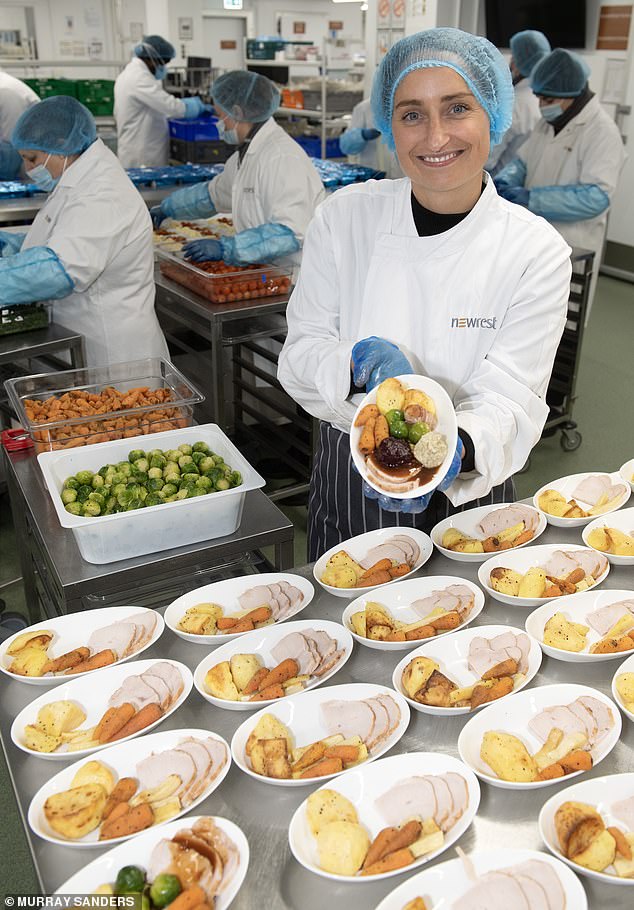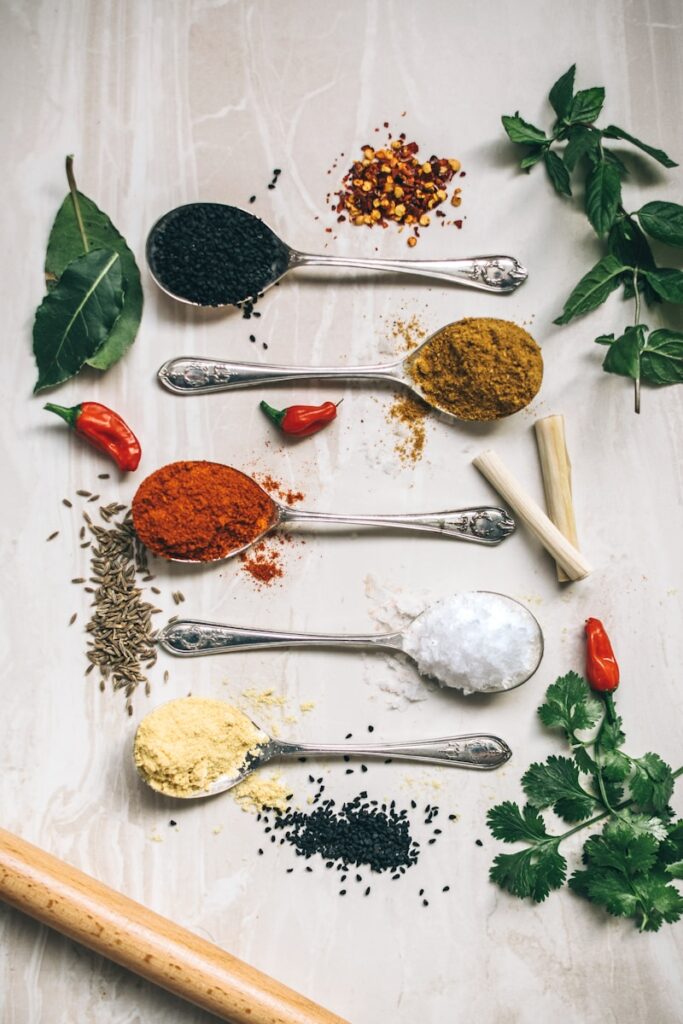There’s something about indulging in foods that are deemed “objectively poor quality” that just hits differently, isn’t there? Whether it’s the nostalgic crunch of a fast-food fry or the unapologetic dusting of powdered cheese on our pasta, these culinary delights hold a special place in our hearts—and our stomachs. But why do we find ourselves reaching for these so-called “bad” foods, and what keeps us coming back for more, despite being fully aware of their nutritional misdemeanors? Let’s dive into the mesmerizing world of “bad” foods we can’t seem to quit.
For starters, let’s talk about the shaky bottle cheese, a.k.a. Kraft Parmesan. By all accounts, this product is barely cheese. Remember the scandal a few years back when sawdust was found in the cheese? Yet, it remains irresistibly delicious to many of us. There’s something about the convenience and the specific taste that, when sprinkled on pasta, seems irreplaceable. It’s a testament to how our taste buds can form deep, sometimes inexplicable, bonds with certain flavors, regardless of their quality or nutritional value.
Then there’s McDonald’s. Acknowledged by many as “not good,” yet it’s undeniably “good for the soul.” This phenomenon isn’t unique to just one or two items; it extends to various aspects of our diets, including our sweet tooth for chocolate and our sipping on juices, both of which come with their own health advisories. The complexity of food, along with our individual needs and the varied effects it can have on our health, adds layers to our relationship with eating that go beyond simple good versus bad categorizations.
Anne Lee, with her extensive research at Columbia University, sheds light on this intricate dance between eating patterns, behaviors, and quality of life. Her studies reveal the minimal impact media portrayal has on our food choices, emphasizing instead the importance of the choices we make and our feelings about those choices. The revelation that even ‘bad’ foods can form part of a healthy diet, if consumed wisely, offers a refreshing perspective on our eating habits.
What exactly makes a food “bad” for our health
The consensus points towards processing. The more a food is processed, the further it strays from its natural state, and the more likely it is to slide from a healthy rating to a not-so-healthy one. This insight prompts us to reconsider our food choices, aiming for a diet rich in raw and minimally processed foods.
Interestingly, many foods commonly perceived as “bad” are actually not as detrimental as we might think. Carbs and grains, avocados, nuts, and even dark chocolate all have their place in a balanced diet, provided we consume them in moderation and understand their nutritional profiles. Conversely, foods often touted as healthy, like certain fruit products and low-fat packaged goods, might not be as beneficial due to added sugars and artificial ingredients.
The crux of the matter is making informed food choices. Shopping the perimeter of the grocery store, opting for a variety of colorful foods, and prioritizing food in its most natural state can significantly enhance the quality of our diets. And let’s not forget the soul-soothing power of an occasional indulgence in our favorite “bad” foods, which reminds us that food is not just about nutrition—it’s also about joy, comfort, and tradition.
As we peel away the layers of guilt and judgment often associated with eating “bad” foods, we begin to see the beauty in embracing them—not as daily staples, but as occasional treats that enrich our lives. Whether it’s the simple pleasure of a homemade lemonade over a store-bought one laden with chemicals or choosing a traditionally made plum jam with no added sugars, these choices reflect a deeper understanding and appreciation for the food we consume. At the end of the day, it’s about balance, mindfulness, and finding joy in the flavors that tickle our taste buds, even if they come from the shakiest of cheese bottles or the greasiest of fast-food bags.

Decoding the science behind “bad” food for better choices
The siren call of those fast-food fries and shakeable cheese bottles—it’s a conundrum that hooks many of us. But have you ever wondered what’s the science behind this allure? Let’s pull back the curtain on the nutritional dark arts and shine a light on how you can navigate these treacherous waters with finesse.
The irresistible appeal of processed foods. It’s widely known that these foods are designed to satisfy our taste buds, typically containing high levels of sugar, salt, and fat—a combination that triggers pleasure responses in our brains. This is not by chance; it is a deliberate strategy by food manufacturers. Anne Lee’s observations are relevant here, highlighting that although these foods may offer immediate satisfaction, their effect on our health may be subpar.
Processing is the chief culprit that often turns a potentially healthy item into something far less beneficial. The journey from farm to table, laden with added ingredients and artificial enhancers, distorts the food’s nutritional profile. Yet, knowledge is power. Understanding that not all processed foods are created equal can guide us to make choices that are less detrimental. Opting for minimally processed options, where the natural integrity of the food is mostly preserved, can be a smart move.
The misconceptions that swirl around “good” and “bad” foods
It’s fascinating how certain foods are vilified, while others are put on a pedestal, often without a solid scientific backing. Lee’s research demystifies this, emphasizing the importance of context—quantity, frequency, and the overall dietary pattern matter more than the exclusion or inclusion of specific foods. This nuanced perspective encourages us to look beyond simplistic labels and consider the broader picture of our dietary habits.
When it comes to making healthier choices, it’s not about a complete overhaul overnight but about incremental changes. Start by inviting more whole and unprocessed foods into your life. These are the types of foods that don’t come with a list of ingredients a mile long or names you can’t pronounce. They’re simple, wholesome, and closer to their natural state, brimming with nutrients rather than additives.
Don’t forget the power of color and variety in your diet. A vibrant palette on your plate often means a rich array of vitamins, minerals, and antioxidants, contributing to a more balanced and nutritious diet. And when cravings for ‘bad’ foods strike, it’s okay to indulge occasionally. The key is moderation and mindfulness, savoring those moments without making them the norm.
We conclude this exploration of “unhealthy” foods and healthier alternatives, without forgetting the happiness and solace that food provides in our lives. It’s about achieving a balanced harmony that nourishes our bodies, pleases our palates, and values the environment. Keep in mind, food is more than just sustenance; it’s a tribute to life, a delight, and a means of bonding with others. Let’s toast to making mindful decisions that uphold our well-being and culinary preferences, one delightful bite after another.





